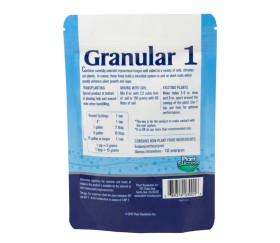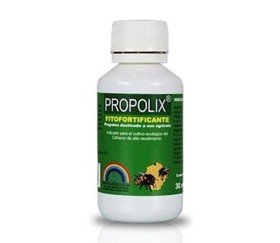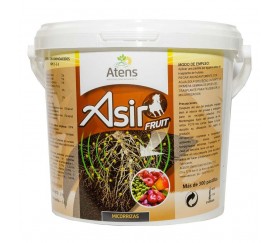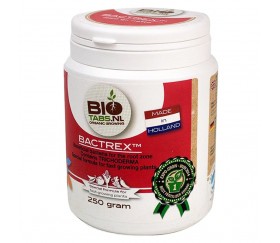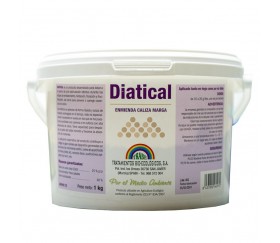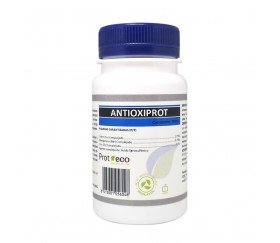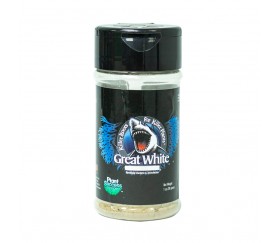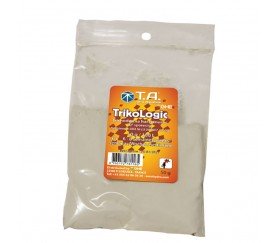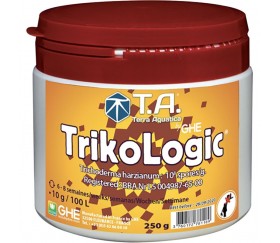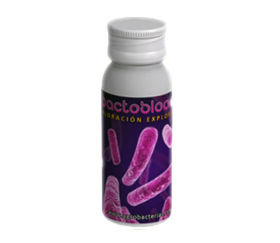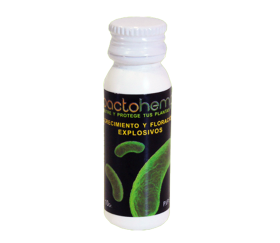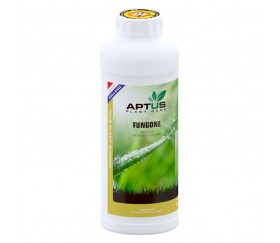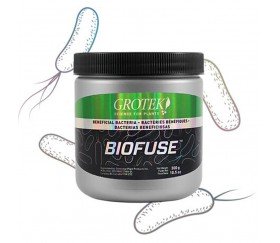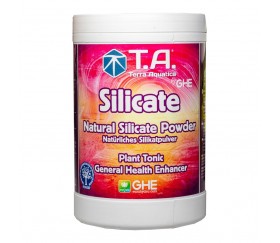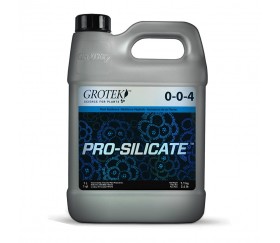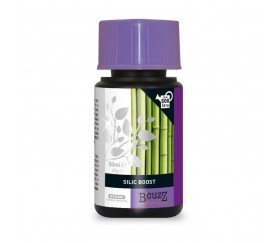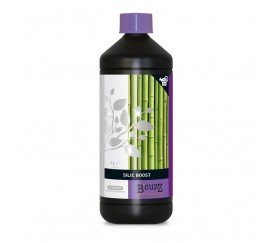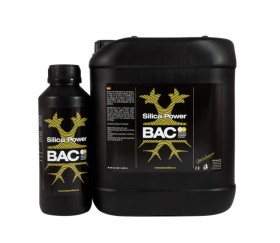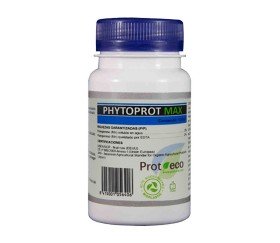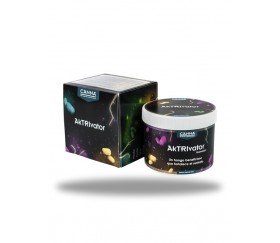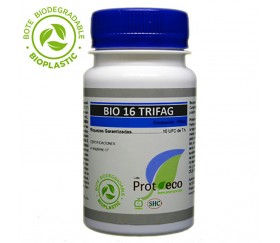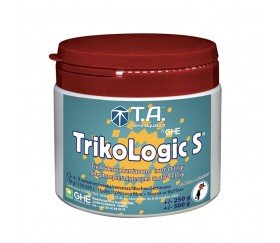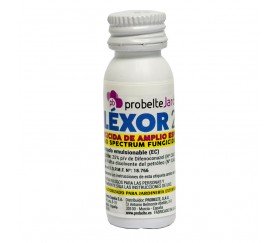Pythium
All cannabis growers know how important it is to prevent against fungal infections and the issues they can cause in their plants; they can be hard to get rid of and easily spread. There are certain types of fungi that present obvious symptoms, and others that tend to appear from under the substrate, attacking your plants roots with symptoms that don’t begin to show until it’s too late; Pythrium is one of them.
What is Pythium?
Pythium, from the Mastigomycotina Oomycetes family, is actually a group of pseudo-fungi called Peronosporales Pythiaceae Pythium spp. of different types which directly attack your plants’ roots. It was originally believed to be a type of fungus, due to the way that it easily spreads in humid areas, similar to normal fungus, although recent studies have revealed that it’s actually more closely related to brown algae than fungus.
Due to the fact that it spreads much easier in high humidity areas, mild temperatures and low ventilation, pythium is quite common in poorly ventilated hydroponic systems. It can also survive in normal substrates until a victim comes along.
It’s highly aggressive, capable of killing plants before seeds even germinate; if the germination process isn’t done correctly, this fungus may use the excess humidity to infect the seed. This kills the seed and can easily spread to other plants.
Saplings are also highly susceptible to this type of attack: it strangles the roots and stops them from absorbing nutrients, which is super important during this fragile stage.
How to Detect Pythium
Detecting pythium before it-s too late can be quite complicated, because nobody is really safe from this invisible and silent pathogen.
Even though it tends to appear more frequently in hydroponic grows, most hydroponic systems allow you to see your plants- roots which allows you to see signs of brown spots or sticky substances, which would indicate that your plants’ roots are rotting, and this is almost always due to pythium.
In soil, coco coir and other non-hydroponic substrates, detecting pythium can be incredibly difficult. It tends to appear in many different ways with symptoms that also coincide with other cannabis-related issues; it may seem like nutrient excess, excess watering and other issues due to the decolouration caused, drooping leaves, brown and yellow stains etc. All of this, accompanied by a notable stunt in growth.
How to Prevent Pythium
Due to being so hard to detect and difficult to get rid of, you’ll need to prevent this nasty pathogen from getting to your plants. As always, you should follow a certain set of growing parameters and practices in order to guarantee a clean environment:
- Keep your growing area clean; get rid of any fallen leaves or dead plant material, and wash your hands before touching your plants.
- Make sure to maintain decent ventilation in indoor grows in order to avoid pockets of stagnant air among your plants. This can be done using an extractor and fans.
- Change your clothes and foot ware before going in to your grow.
- Before starting to grow, clean disinfect and sterilize your growing tools (flowerpots, scissors, grow tents etc.).
- For hydroponic grows, you’ll need to keep your water oxygenated by using a pump.
- Try not to overfertilize or overwater your plants or you’ll be creating the ideal environment for it to spread; pythium attacks weak, stressed plants.
We recommend using preventive products that reduce stress in your plants, such as Revive by Advanced Nutrients, a bio-mineral stimulant designed to recover stressed plants, or Alg-a-Mic by Biobizz, an organic stimulant and revitalizer.
Another highly efficient preventive product is Bio Neem by Prot-Eco, which strengthens your plants against fungi and soil pathogens such as pythium, as well as acting as an insecticide and insect repellent.
The most efficient products when it comes to preventing and controlling this type of fungi are those which contain Trichoderma, a beneficial type of fungi that has multiple benefits:
- It fights with pathogenic fungi for substrate space.
- It produces fungo-toxic antibiotics.
- It biodegrades agrotoxins in the soil.
- Completely organic, also decomposes organic material.
- Improves root growth.
- A few examples of products rich in Trichoderma are: Asir Fruit, Bactrex by Bio Tabs and Piranha by Advanced Nutrients.
How to Get Rid of Pythium
Unfortunately, if your plants end up infested with pythium, even or your seeds, clones small plants or any other type, it’s almost impossible to treat. This is why it’s super important to have a clean grow room and use preventive treatments. If you detect pythium in recently germinated or young plants, we recommend removing them from your grow in order to avoid spreading it.
However, adult plants that aren’t that far away from harvest can be controlled by using Trichoderma, although any damage done can’t be cured and it will be extremely hard to get rid of. The best treatment is prevention.
Important: if you’ve had pythium or any other type of infestation in your grow room and you decide to start again, you’ll need to clean and sterilize the entire area and every single tool to avoid spreading it to your next grow.
If you have any questions regarding how to identify a pythium infestation or how to get rid of it, get in touch with our team of professionals and we’ll help you out.
Subcategories


